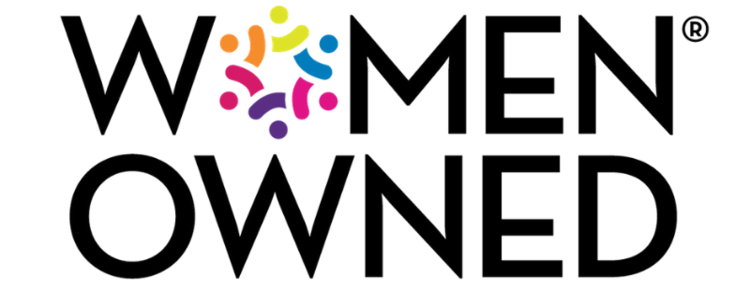Presenting information, be it an assignment, policy change, or feedback to someone who doesn’t communicate in the same way, can cause them to misunderstand, miss information, or feel they cannot approach you to ask for help.
A quick search on “communication styles” delivers numerous results, including introverted and extroverted, passive and aggressive, analyzer and director, and direct and indirect. In many ways they represent the same thing. One person will always take more time to process instructions and have additional questions later. The other will move more quickly, seemingly clear on the task ahead, but may end up missing steps in between.
Writer Sara McCord shares an interesting anecdote on this topic on Mashable.com. She describes her experience leading a team of interns for the first time and struggling to match their communication styles. In one scenario, she discovered an intern working on a low priority assignment ahead of two major projects. As it turns out, the project instructions were delivered verbally instead of in writing, and therefore their significance was not conveyed properly to the intern, who processes information better when it’s written.
McCord learned from her mistake and recommends that other managers cover their bases when working with an employee for the first time. She suggests that one make a point to write instructions, discuss the assignment verbally, and present a real-life example, which may include working through a portion of the assignment with an employee to get him/her off the ground.
Obviously no one likes to micromanage, and to employees who are independent and leaders in their own right, presenting instructions numerous times, even in different formats, can feel a bit overbearing.
However, effective communication in the workplace will always be a work in progress. Conducting a trial-and-error period to see which variety of communication styles work for individual employees can be helpful. Eventually you’ll going to need to communicate to these employees as a team and, in that case, only one method of communication may be used. You need to grasp which styles people respond to individually, so you can successfully choose one for the team.
Over time, teaching your employees to accept the communication style that works best for you is possible. As you’re the boss, they should learn to adapt to your methods. Yet, by keeping an open mind and being flexible in the beginning, you earn their respect, the value of which is unmatched
Hurley Write, Inc. has more than 25 years of experience teaching business leaders and their teams the tools for effective communication in the workplace. Our customized courses have helped companies save immense amounts of time and money. Do your team’s skills need work? Contact us for a consultation and see how we can help: www.HurleyWrite.com/Contact.


